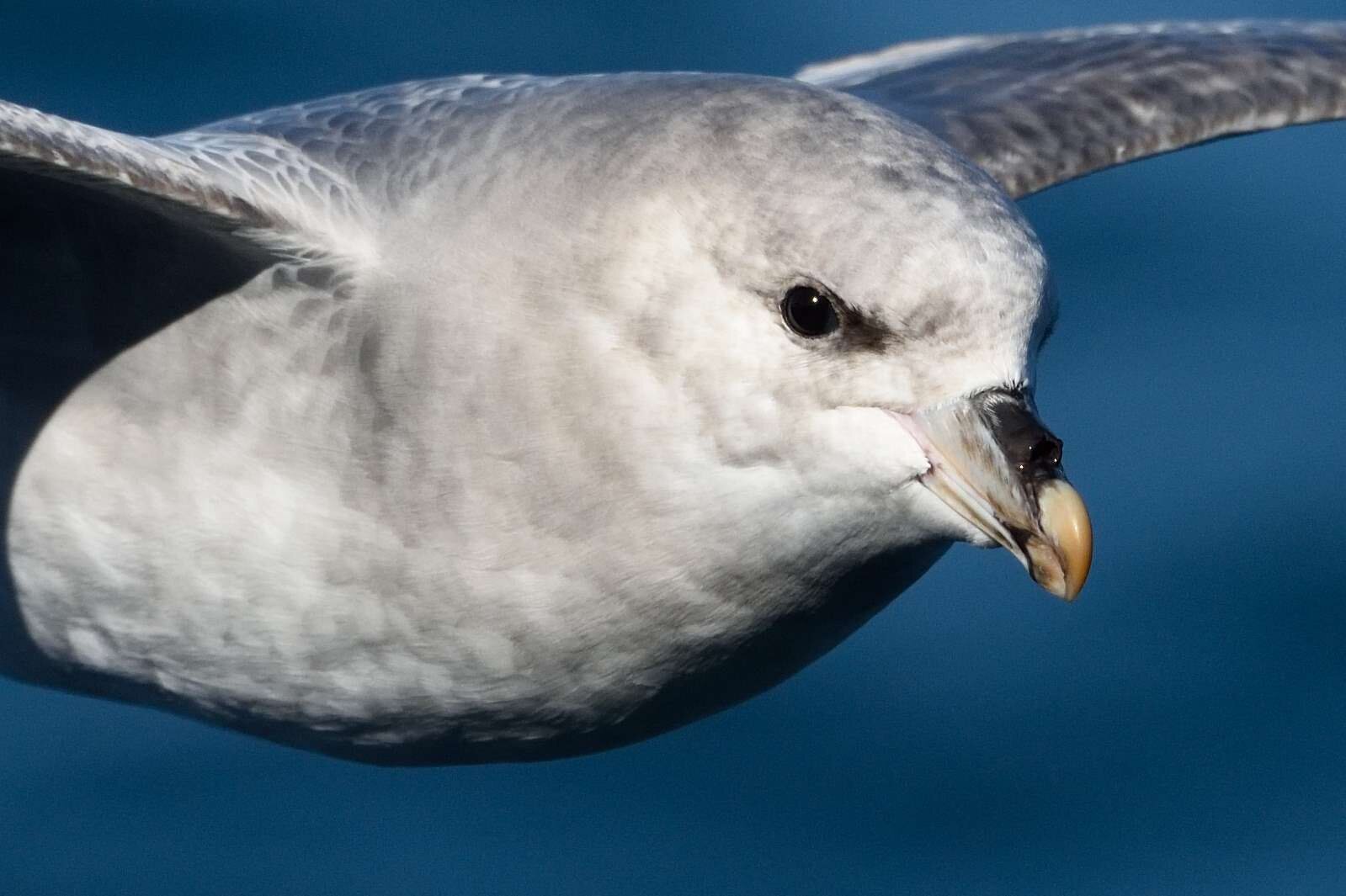An Arctic gift-wrapped in plastic?
Let’s hope not. But—. All of us who’ve traveled long and far have seen the amount of plastic on beaches increase incredibly in our lifetime. And it isn’t slowing anytime soon.
The worst plastic accumulations I’ve seen are in the tropics, near where most of the people are. A lot of it comes to the ocean down rivers—80 percent or so.
The rest comes from fishing ships, freight lost overboard, and from so many other things people do. I’ve seen it on reefs, beaches, the open ocean—it’s a mess. But far beyond the tropics, I’ve also been shocked by how much I’ve seen in Alaska, pretty “far” from dense populations of people. Thing is, nowhere is “far” from people any more. The world is smaller than it seems. People, and the things that come from people, get pretty much everywhere now.
Svalbard: There’s plastic even here. Photo: Carl Safina
I’m a good example at the moment. I’m up in the high Arctic in Svalbard at 78º North. I’m about as far from most people as you can get. But I am here—and so is the plastic trash. I’m a guest on the Greenpeace ship Arctic Sunrise for a few days. I’ve written about other aspects of the trip in a series of blogs on polar bears, fishing’s seabed damage, face-to-face with fishing trawlers, Greenpeace’s non-violent activism, life aboard, a glimpse of the Arctic seafloor, a visit to a glorious glacier, and walruses (and plastic there too).
The amount of plastic I saw here is just wrong. Photo: Carl Safina
Even way up here in Svalbard, halfway between Norway and the North Pole, plastic is a menace. In 2014 a polar bear got his head stuck in a huge fishing net that washed ashore. He was lucky because people found him alive. Nearly 90 percent of the lovely seabirds here called fulmars have plastic in their gut. And besides them, arctic creatures found with plastic in them include bowhead and sperm whales, the seabirds called guillemots, auks, and kittiwakes, and Greenland sharks.
90 pecent of Northern Fulmars have plastic in them. Photo: Carl Safina
Even Reindeer have gotten tangled in discarded nets. Photo: Carl Safina
A few years before I was born, factories cranked our 2 million tons of plastic. Now, every year, it’s 300 million tons. That’s about a hundred pounds (40 kg) of new plastic just for you—every year. Now, 13 million tons of plastic get into the ocean every year, and five trillion pieces of plastic, weighing over 250,000 tons, are swirling around in the seas. By 2050 humans will have taken about one century to produce 40 billion tons, enough to wrap the planet in cling-wrap six times (to preserve freshness!). One study found that by 2050 the ocean’s plastic could weigh more than the ocean’s fish.
It’s so horrendous that several scientists have called for classifying plastic as hazardous waste. That sure makes sense because so much is wasted and it certainly is hazardous in many different ways.
Plastic doesn’t decay—it never “goes away.” It gets smaller and smaller, posing a risk of entanglement and ingestion and toxic pollution and death to wildlife of different sizes. It could be a tangled whale, polar bear, or sea turtle. It could be seabirds that mistake plastic for food and feed it to their chicks—instead of food. And when it’s really small it’s called “microplastic” and it has many of these same effects on smaller and smaller sea creatures.
It’s important to do what we can, when we can, to be part of the solution and participate in beach cleanups or just do our part. But beach cleanups alone won’t solve it. Ultimately governments will have to agree to fund research to create new kinds of plastics that do their jobs and then truly decay back into the cycle of life. Convincing governments of that will be the job of environmentalists and people who support their efforts.
Cleaning an Alaska beach during my 2013 Gyre Expedition in Alaska. Photo: Carl Safina
It’s insane to package perishable food that will last 3 weeks, like yogurt, say, in a container that will last forever, to put water into bottles that will be used once and are made from a material that is eternal. Surely we can do better than that. And we must. And soon. There are some ocean-conservation organizations—including my organization, the Safina Center—that advocate for people to use less plastic in their lives, and to support legislation curbing plastic manufacturing/pollution and encouraging use of plastic alternatives. Other great organizations working toward this cause are 5 Gyres, Mission Blue and Surfrider Foundation.
Using less isn’t too hard to do: Get some reusable cloth bags to tote your groceries, a stainless steel water bottle to carry your beverages, some glass containers to hold your leftovers, buy things in no or little packaging. Support legislation that helps stop plastic pollution, such as local plastic bag or styrofoam bans. Will you ride the wave to a future filled with less plastic? It’s up to you to make the choice.
At my feet in Svalbard. Photo: Carl Safina





